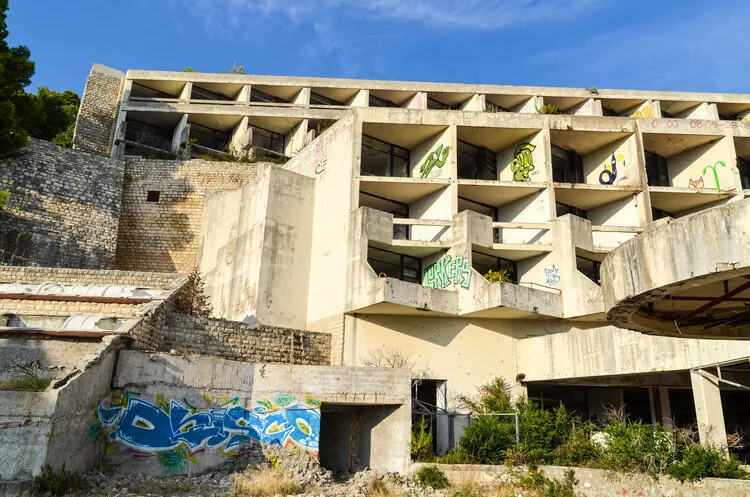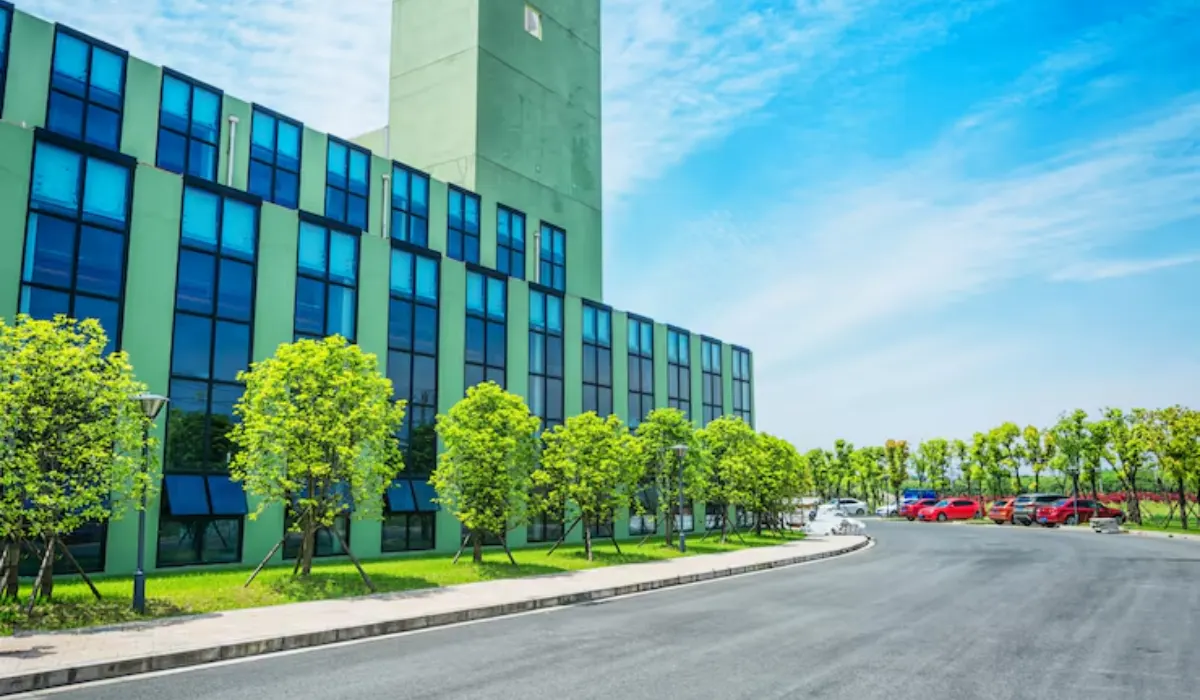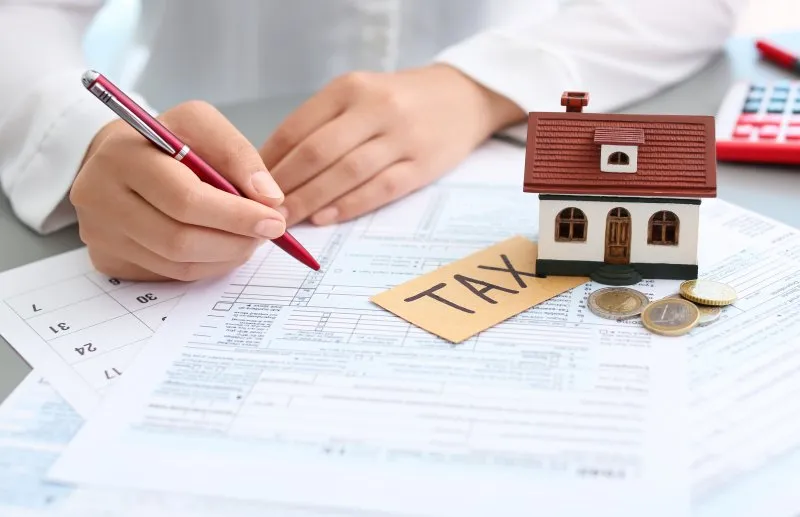The Coronavirus and ensuing recession have altered the fortunes of the top 10 US office markets. How they weather the storm will be decided by choice of tenants, local conditions and not the least, whether workers return to the office in the foreseeable future.
That’s the assessment in a report by Colliers International’s Kevin Morgan, President, Northwest Region and Head of Agency Leasing; Stephen Newbold, National Director of Office Research; and Scott Nelson, CEO, Occupier Services, titled: “Research Report Top Office Markets Snapshot Q2 2020: A Sharp Reversal of Fortunes for the Leading U.S. Office Markets.”
“We have seen a marked downturn in Q2 2020, but the true test will be the second half of 2020,” the report states. “It may take several quarters, and multiple phases of reopening, before firms can fully assess their space needs.”
Key takeaways from the August 2020 report:
- Asking rents are holding up for the time being, while absorption and vacancy are moving in the wrong direction.
- With businesses taking a tentative approach to returning to the workplace, the impact on office sector metrics will take time to fully emerge.
- With office demand, the depth and length of the Coronavirus recession will be a key determinant, along with future patterns.
- Short-term lease renewals are on the rise as tenants exercise caution in their property decisions.
- The extent to which firms downsize their footprints, particularly in downtown locations, will be determined by what share of jobs will shift to remote permanently.
“The impact of the Coronavirus pandemic and recession was firmly felt in the leading U.S. office markets in the second quarter,” notes the report. “The second quarter showed a full-blown contraction in several markets.”
Net absorption fell in each of the top 10 markets in the second quarter, with eight markets posting negative numbers. Boston, Manhattan and the San Francisco Bay Area [the Bay Area] bore the brunt of the impact with a combined 5.0 million square feet of negative absorption, according to the analysis.
Vacancy rose in eight of the 10 markets in Q2 2020.
Markets with a diverse tenant base, most notably Chicago and Manhattan, are cited in the report as being best positioned to weather the storm.
Chicago has an excess of large blocks available and renewals are dominating leasing activity, based on the report. But the Chicago office market also saw an about turn in the second quarter where the vacancy rate rose to 14%.
Manhattan now has lowest vacancy rate among the 10 markets tracked in this report. Still, vacancy reached 5.9% in the second quarter and the city’s leasing volume dropped by more than 50 percent in the second quarter compared to Q1 2020. For the first time since 2009, Manhattan has seen four consecutive quarters of negative absorption.
On the bright side, average asking rates in Manhattan stand at $83.51 per square foot – the second highest in the nation, according to the report
“We are already seeing an increase in the amount of competitively priced sublease being placed on the market,” said the Colliers report. “In Manhattan, for example, sublease space asking rates are $20 per square foot lower than the overall market average. As the flow of sublease space accelerates, the greater the propensity for rents to drop as landlords seek to compete.”
The markets not performing so well are those typically dependent on one large industry: Houston (energy), Los Angeles (entertainment) and the San Francisco Bay Area (tech), among them.
Leasing volume across the Los Angeles office market decreased sharply – about 72 percent in the second quarter and the vacancy rate increased to 13.4%.
The Houston office market softened further as energy sector firms placed more sublease space on the market – giving Houston the highest vacancy rate among the top 10 markets at 22 percent.
The Bay Area was one of the hardest hit leading markets in the second quarter with net absorption of negative 1.6 million square feet and a vacancy rate increasing to 6.5%. A key reason has been the shift of tech giants, such as Google’s xx, to remote work,.
Boston’s office market – so dynamic in the past two years – saw a sharp reversal of fortunes in the second quarter with its vacancy rate shooting up to 10.7%.
Oversupply of new product weighed down Washington D.C. The District reported the third highest vacancy rate among the Top 10 markets at 15.4 percent.
On the plus side, Atlanta was one of only two markets in the top 10 to post positive absorption in the second quarter and the only market to see a drop in vacancy in Q2 2020. Dallas had a quiet second quarter in which net absorption was slightly negative while rents and vacancy held steady there.















